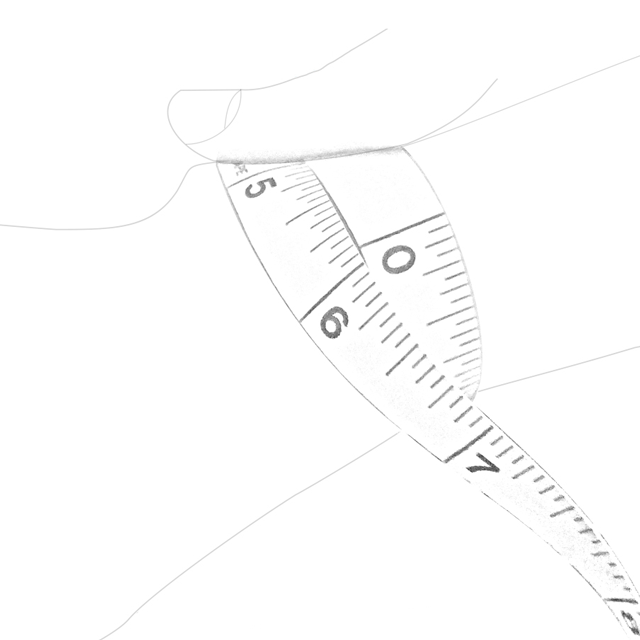Data Driven Results
By Kiel Reijnen, Team Trek-Segafredo
In a day and age when information is affordable, plentiful and increasingly at our fingertips, it seems logical to presume that more is always better. Why look at just average heart rate when you could be measuring the instantaneous torque vectors produced by only your left leg?
I can argue that such data has varying degrees of importance and relevance depending on your goals. As technology rapidly shifts it can sometimes feel difficult to keep up. As a result, I think it most important to work backward from your stated goals to see what information will serve you best. Make the technology work for you rather than becoming a slave to it. Far too often I hear cyclists complaining that they haven’t beat their 20-minute power record from last year or their max heart rate seems unachievable compared to their last race effort. It is important to remember that data is only useful given context. Maybe you weigh 10 lbs less than last year and although you haven’t reached the same maximum 20-minute power your Watts/kg have increased. Perhaps you achieved your maximum heart rate three years ago in a short race that you were well rested for and the temperature was over 90 degrees. My point is that, although it is often worth recording every bit of data you can get your hands on, that data may not serve you as well in the present as it will in retrospect.
If your stated goal is to simply lose weight, perhaps the only relevant data during your ride will be heart rate and time. If your stated goal is to beat your record up a local climb then it is likely temperature, body weight and average power during a timed effort will be the best tools for you. If you tore your ACL playing soccer and have discovered cycling as a means for rehabilitation then power balance and torque effectiveness may be the most important information for you during a ride. All of these individuals will utilize different information to get the most out of their rides. They would also be wise to record their other data for later review since training is about improvement and to track your improvement you need more than just a narrow window to view through.
With the Edge 1030 that the Garmin has provided to the Trek-Segafredo team, we can record nearly endless amounts of information. This is important because it allows us to give context when reviewing past rides. When cycling, it may surprise you to learn that I rarely look to power, torque effectiveness or even speed. During a training ride and especially during a race I am most interested in what my body has to say, not my power meter. That does not, however, mean that I think collecting the data isn’t key to improving performance. One of the most important tools for me is the ability to look back at past files of similar workouts in similar circumstances to compare my fitness level. To accomplish this, it is necessary not just to have power data but, temperature, fatigue index, altitude, heart rate, cadence etc. How useful data is, is rarely the sum of its individual parts. For example, power combined with heart rate is a much more useful tool than just power or heart rate. These two pieces of information connected can tell you a lot about an athlete’s fatigue level or fuel intake.
I may have given the impression that I ride with only the compass screen on my Garmin head unit, orienteering my way to better form. I may be a Luddite, but even I have found powerful uses for keeping track of specific data during a ride. Which data I keep track of depends on the stated goal of the workout. When riding in “endurance zone” for long distances I keep track of time, kilojoules, elevation gain and average cadence. When performing threshold intervals, I look at the average heart rate, instantaneous heart rate, and average power in order to track the sustainability of continued efforts. During sprint efforts, I look at time and maximum power. Again, make the data work for you. Pick the parameters that help you achieve that workouts particular goals and leave the rest for later review.
As tempting as it can be to become submerged in the deluge of never-ending data when I glance at a power meter while climbing through the French Alps, I try to remind myself daily that perceived exertion is still the most powerful tool in our quiver. All of that said, please keep the compass profile, it’s my favorite.
The post Data Driven Results appeared first on Garmin Blog.
Sample Block Quote
Praesent vestibulum congue tellus at fringilla. Curabitur vitae semper sem, eu convallis est. Cras felis nunc commodo loremous convallis vitae interdum non nisl. Maecenas ac est sit amet augue pharetra convallis nec danos.
Sample Paragraph Text
Praesent vestibulum congue tellus at fringilla. Curabitur vitae semper sem, eu convallis est. Cras felis nunc commodo eu convallis vitae interdum non nisl. Maecenas ac est sit amet augue pharetra convallis nec danos dui.
Cras suscipit quam et turpis eleifend vitae malesuada magna congue. Damus id ullamcorper neque. Sed vitae mi a mi pretium aliquet ac sed elitos. Pellentesque nulla eros accumsan quis justo at tincidunt lobortis denimes loremous. Suspendisse vestibulum lectus in lectus volutpat, ut dapibus purus pulvinar. Vestibulum sit amet auctor ipsum.

